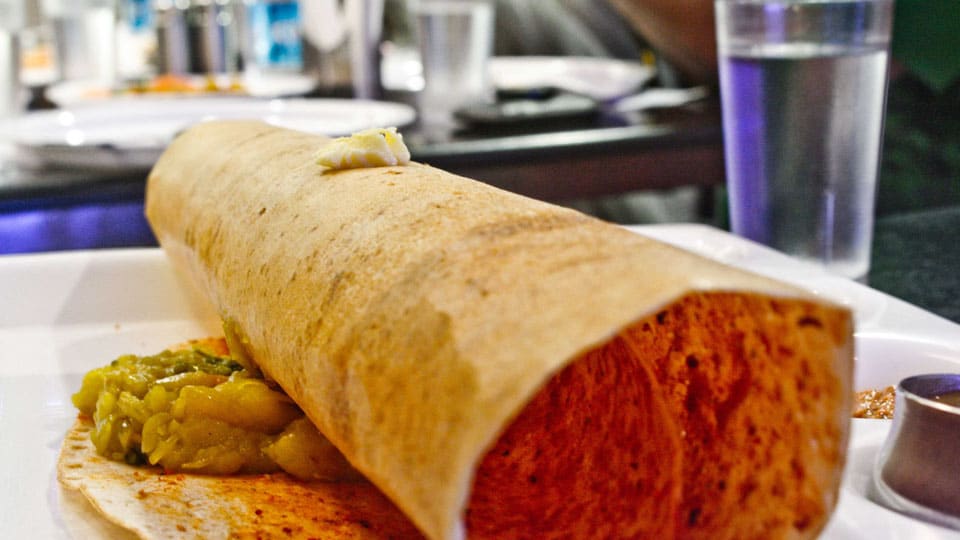The question To be or Not To Be? figuring in the play Hamlet, attributed to William Shakespeare (1564-1616), may have been answered by the character in the play. Asking the question “To Eat or Not to Eat” in a similar vein is generally answered in favour of eating (the attractive dish) by people at large either to assuage hunger or satisfy the desire for food, except by those who have a clear understanding of the do’s and don’ts of the game of eating. In either case, whether one eats with caution or disdain, the consequences conform to the Kannada idiom madiddunno maharaya (translated to: One has no option other than accepting the consequences of one’s acts). Love is dubbed as a many splendoured phenomenon, but, in a certain sense, food, or love for food shall be no less splendoured. The common practice of publishing country-wise data on food comprising matter from all sources in quantitative terms tends to completely mask many other aspects such as quality, variety, preferences of different sections in the population, regions of production, costs of managing the produce, technologies of processing into consumer products, nutrition content, cause of disorders due to indiscretion in consuming, health benefits and so on.
Debates and discussions in various circles such as seminars by the academia and policy-making bodies of the government concerning food seem to be overwhelmingly focussed on meeting the food needs of human population, sidelining the needs of the country’s livestock except cursorily forgetting their importance in supplementing the food resources of the country. As far as bestowing attention to the quality of their food needs, less said the better. Even the issues of quality of food as consumed by the country’s majority sections in the population leaves much to be desired.
The attitudes of the affluent in society and that of the not-so-well-provided in life, from a plethora of angles, are poles apart. The former flock, being indulgent in savouring food play a dual role of a) Contributing to the prosperity of the country’s food processing industry and b) Leading to health issues due to indiscretion in consumption, despite easily accessible advisory on sticking to norms, incidentally contributing to expansion of the sickness care sector. Although the country hosts a number of places of worship by people of different faiths and creeds where large scale daily free-feeding is in place as well as the recently introduced subsidised canteens in Tamil Nadu first and Karnataka subsequently, the laudable measure is not a pragmatic means of achieving a hunger-free land.
The message of consuming food in moderation taking utmost care of its hygienic status, drummed up in the land’s ancient texts seems to have suffered a time warp. The onslaught of processed and packaged food industries’ advertisements as it impacts the health of the gullible masses in belief of the claims therein, if not checked, the question “To Eat or Not to Eat” shall always bug the consuming public.








Recent Comments